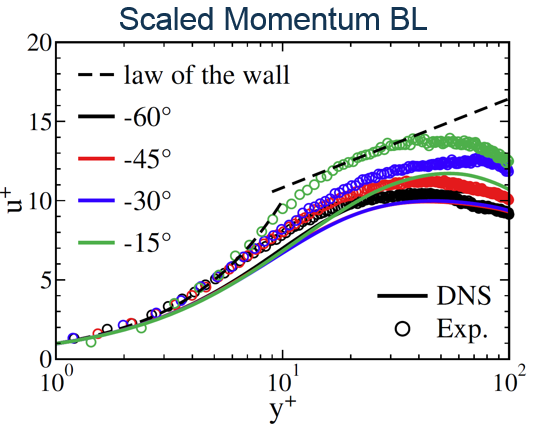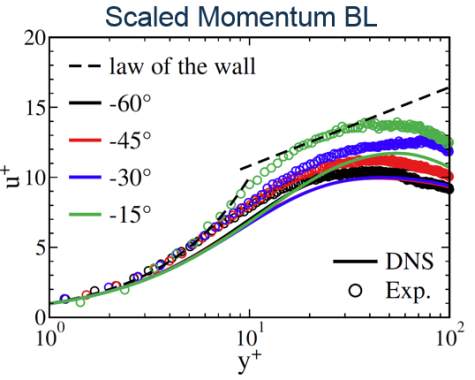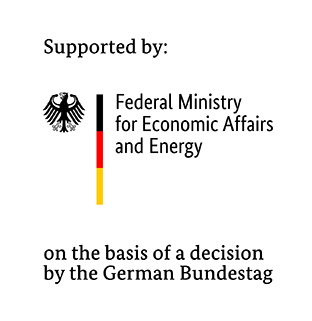The project combines advanced optical diagnostics and high-fidelity Direct Numerical Simulations (DNS) to deepen the understanding of wall heat transfer processes in Otto engines under motored and fired conditions. To this end, on the experimental side a combination of optical diagnostics was applied simultaneously: High-resolution Particle Image Velocimetry (PIV) and Particle Tracking Velocimetry (PTV) to resolve the velocity boundary layer above the piston, Thermographic phosphor thermometry (TPT) to measure the wall temperature spatially resolved and Laser Induced Fluorescence (LIF) of SO2 to track the evolution of the flame. For the complementing numerical simulations an entire workflow has been developed which employs process calculations (GT-Power), scale-resolving De-tached and Large-Eddy Simulations (DDES and LES) and DNS. Well-calibrated GT-Power models were required to provide boundary conditions for the DDES and LES, which in turn provided initial conditions for the DNS. Sufficient cycles for converged statistics were computed with the scale-resolving approach, carefully validated by means of the averaged experimental flow field data. Using initial conditions from the LES at intake valve closure, the first ever DNS of a real engine geometry was successfully performed for one motored and one fired compression/expansion stroke. Suitable spatial averaging procedures were developed, allowing for comparison with near-wall velocity bound-ary layer data and showing good agreement with the experiment.


Results
It was seen that momentum and thermal boundary layers evolve differently: the former are affected by changes in the bulk velocity (large scale tumble motion and its breakdown), while the latter follow monotonically the increase in pressure/Reynolds number. Both the scaled momentum and thermal boundary layers do not exhibit a logarithmic region and the law of the wall does not hold. Several sources for deviations thereto, both in momentum and thermal boundary layers, are extracted. For the reactive case, is was found that the early flame kernel development is significantly affected by the strong convective flow due to tumble and only when the flame is strong enough to counter-balance the strong convection it can propagate against it. A criterion has further been developed which allows for distinction between head-on and side-wall quenching. In addition to these physical insights gained, the vast amount of high-fidelity experimental and fully resolved numerical data generated in this project provides a comprehensive database for validation of existing CFD tools and was used for the development of improved wall heat flux models. A first attempt has been made towards this direction by developing an algebraic wall heat transfer model for LES using a data-driven approach. Together with the best-practice guide-lines proposed, this project can be seen as an important step towards future, more efficient, Otto engines.


Acknowledgement / Funding

The research project was carried out in the framework of the industrial collective research programme (IGF/CORNET no. 206 EN). It was supported by the Federal Ministry for Economic Affairs and Energy (BMWi) through the AiF (German Federation of Industrial Research Associations eV) based on a decision taken by the German Bundestag. Furthermore, it was supported by Swiss Federal Office of Energy (SFOE) (funding no. SI/501930-01) and the FVV e.V. // Science for a moving society (funding no. 601286).



